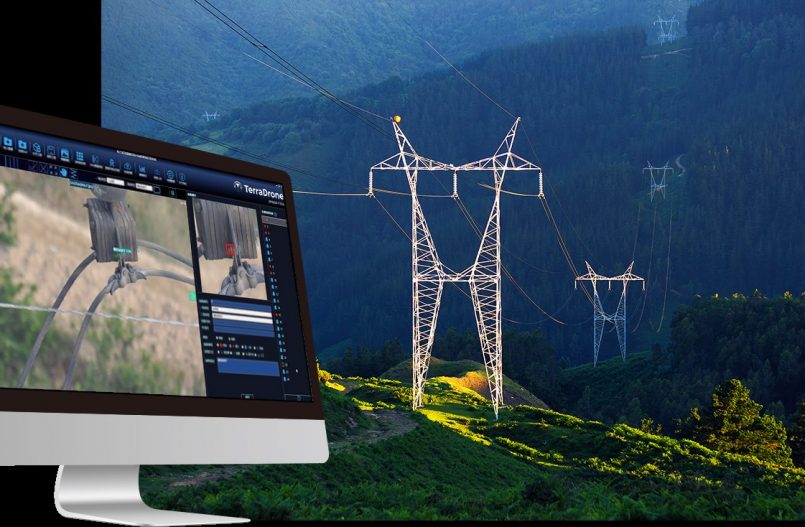The most talked-about topic in the drone business is BVLOS (Beyond Visual Line of Sight). Countries all around the globe are changing their drone regulations to enable unmanned aerial vehicles (UAVs) to fly beyond visual line of sight (BVLOS) in order to maximise efficiency. Unlike VLOS flights, which take place within the pilot’s line of sight, BVLOS flights take place outside of the pilot’s visual range. Drones with BVLOS capability can cover much longer distances.
BVLOS offers a wide range of applications and is economical. It allows drone operators to carry out complicated drone operations and allows drones to fly with less human intervention. To get there, though, drones must first become “airworthy.” BVLOS flights are mostly used to inventory infrastructure, monitor large areas, and produce photogrammetry maps.
Data from onboard instruments are used to control drones flying BVLOS. The operator is informed about the position, altitude, speed, and direction of flight, as well as all important data of the aircraft, via a telemetry link. UAVs flying in BVLOS, on the other hand, may modify flight parameters and manipulate sensors to collect data.
Pilots are taught to fly drones BVLOS in several ways. To receive an RCoC certification certificate with the permission to undertake BVLOS missions, they must complete both theoretical and practical training. They learn about navigation on unmanned flights, meteorology, flight performance and planning, and flight rules throughout training. These are required due to the unmanned system’s additional capabilities.
BVLOS Advantages
There are several benefits to flying drones BVLOS. A drone can capture more data in fewer deployments. In addition, deploying a drone for BVLOS is far cheaper than using human helicopters or aeroplanes. Drones can replace traditional long-range aerial data collecting platforms like manned aircraft and satellites in BVLOS operations. Drones are perfect for high-resolution data collecting because of their lower altitude flight. Drone flights can provide this improved capability for some activities that need precision control over data collecting timing.
Drones are often used to keep humans out of harmful situations, such as removing them from an aircraft or a dangerous area. These areas are generally inaccessible to ground crews and outside of VLOS.
While BVLOS flying is now legal in certain countries with some restrictions, it is not yet permitted in Malaysia without difficult-to-obtain permission from the CAAM. To date, there are a small number of applications have been submitted by commercial drone operators. Of these, all permits are given based on special cases subject to CAAM’s discretion.
Regulation is the most important issue facing the drone industry. Drone technology, like many other industries, is evolving far faster than regulatory bodies can keep up.
The aviation industry’s cautious, risk-averse attitude stands in contrast to the speed of innovation. The CAAM’s conservative nature and stringent regulations, on the other hand, is to ensure the airspace over Malaysia is one of the safest in the world.
The CAAM’s main concern is uncontrolled flying, which endangers people and critical infrastructure. The CAAM must ensure that drones flying alongside planes do not collide in mid-flight and that the risk of damage to people and property on the ground is mitigated.



Recent Comments